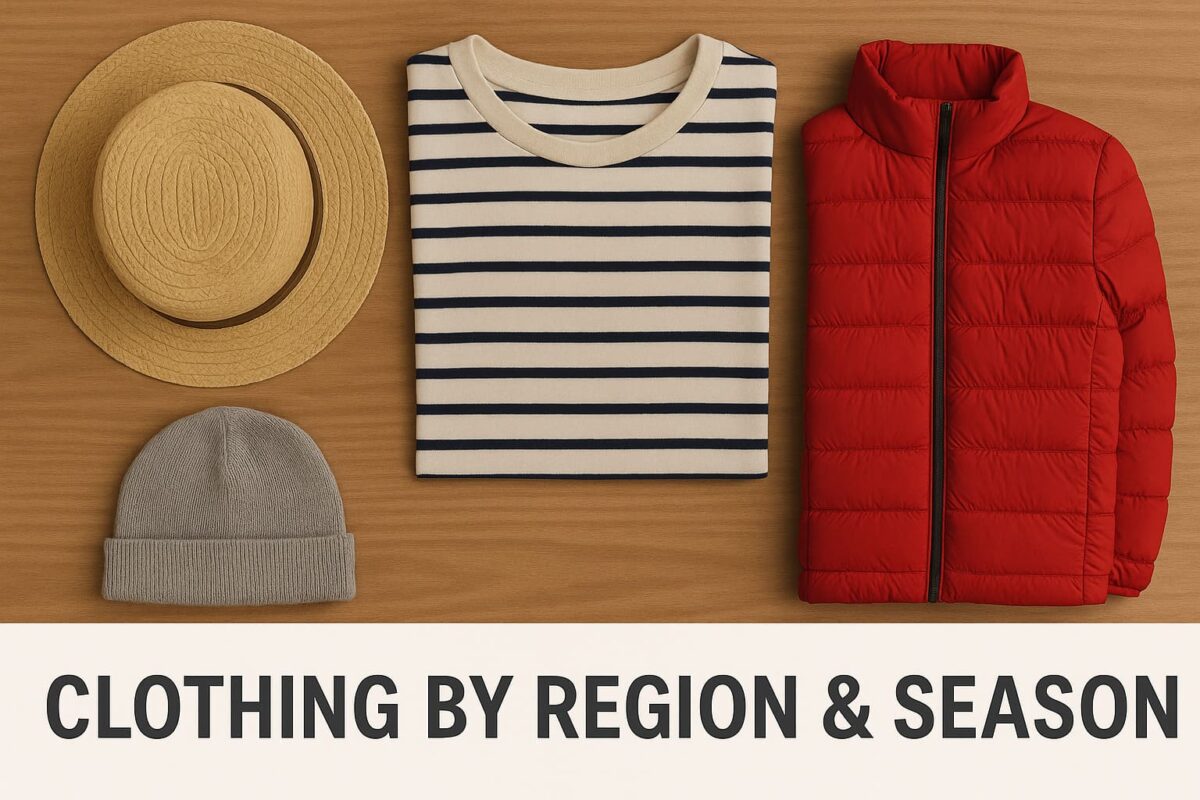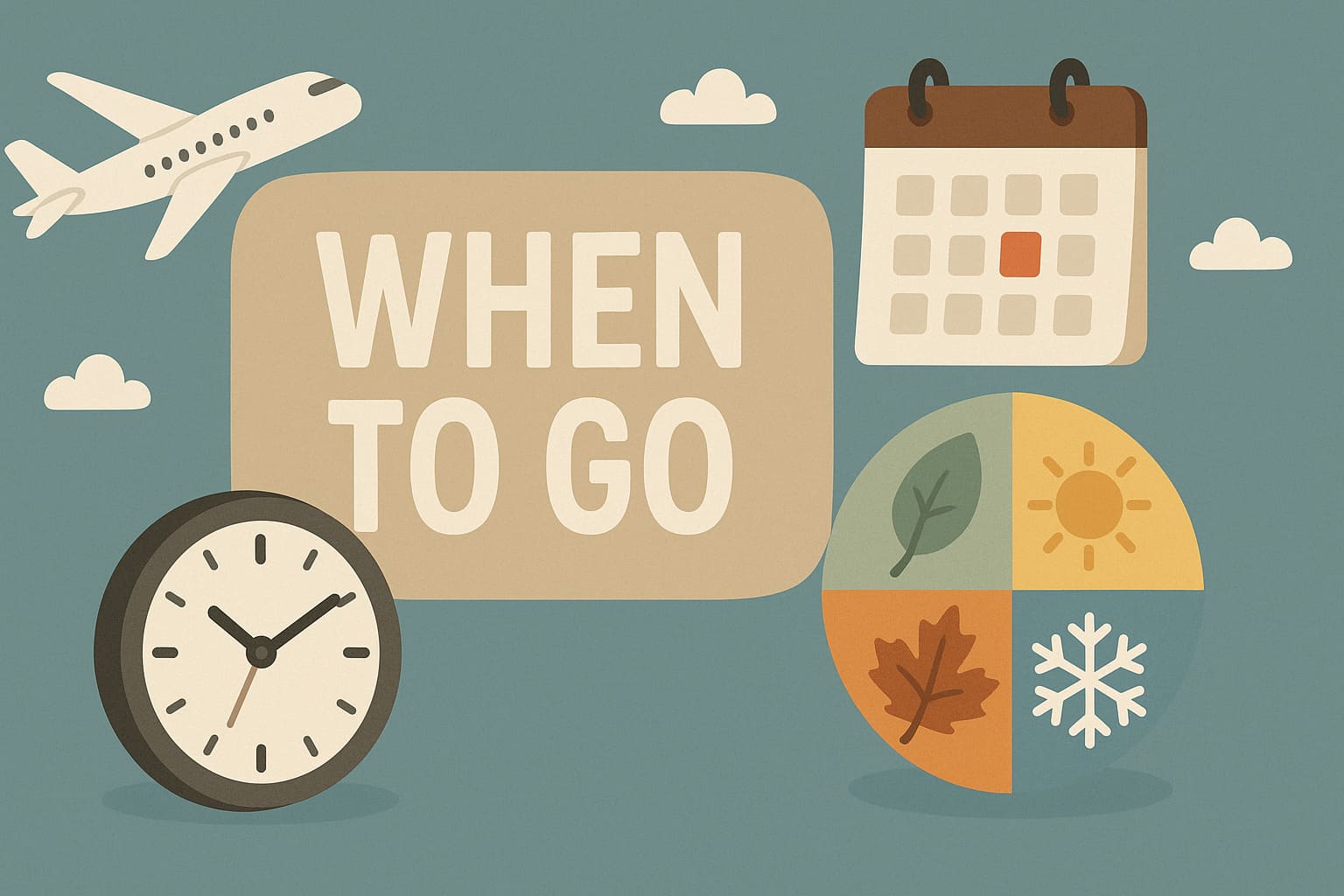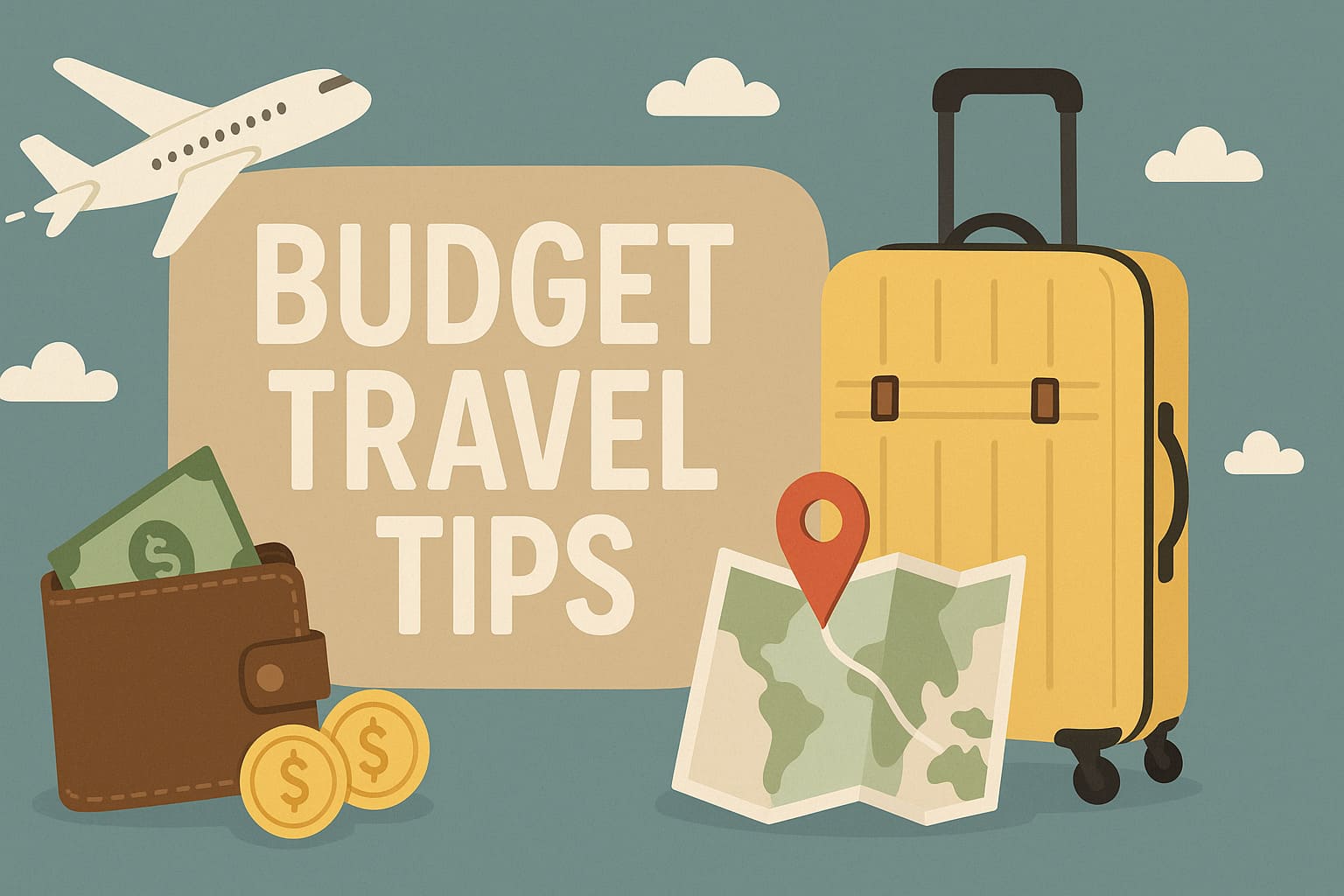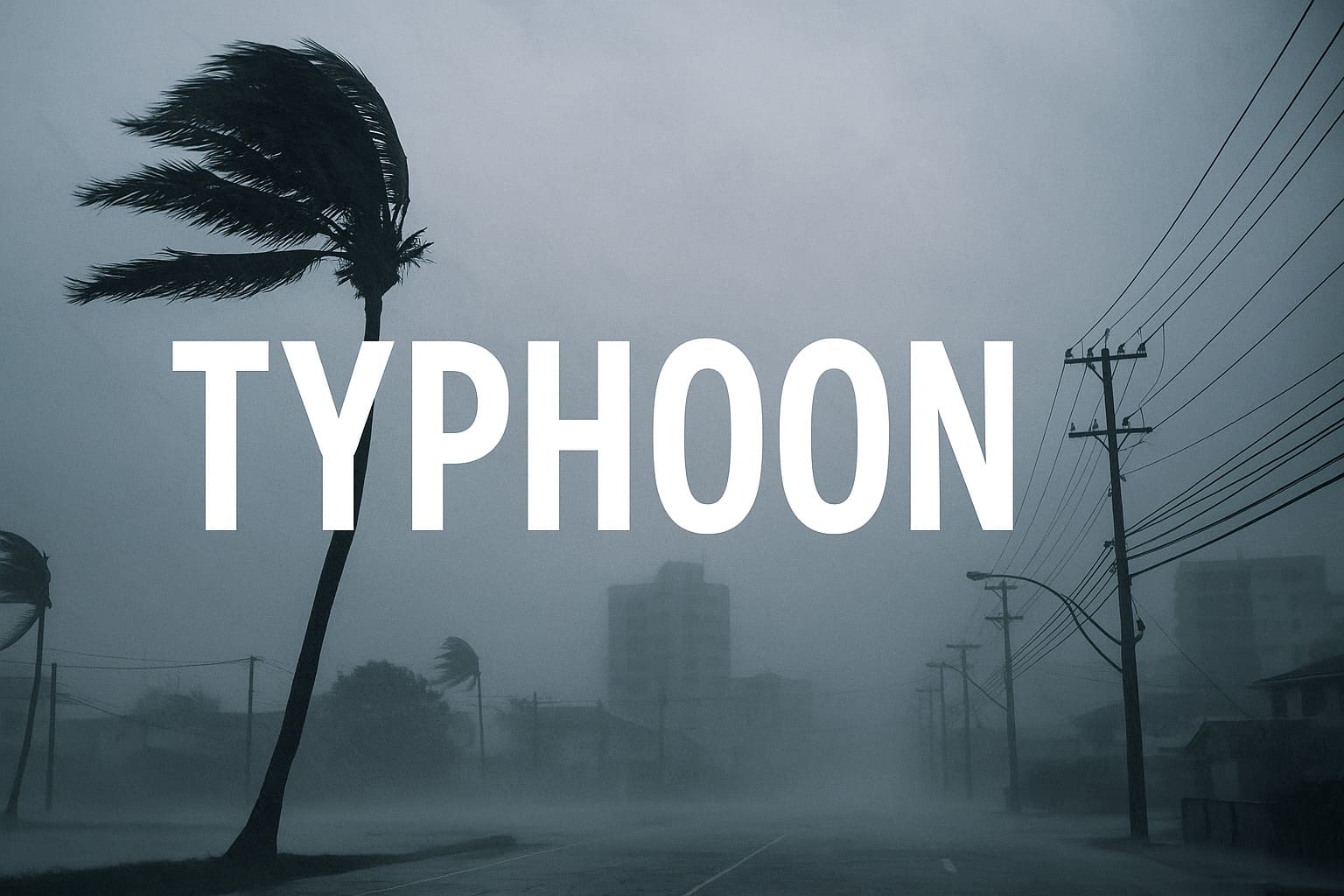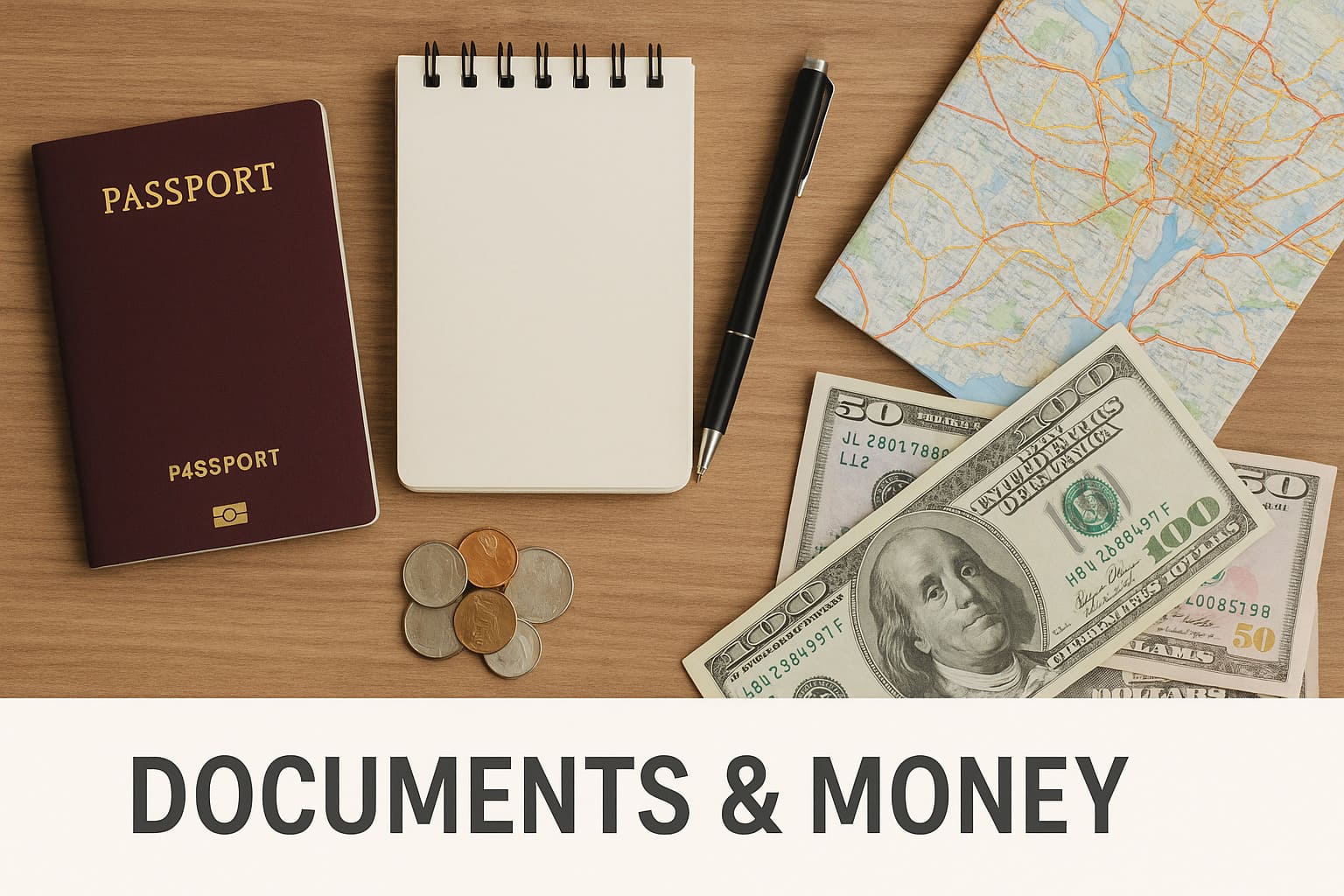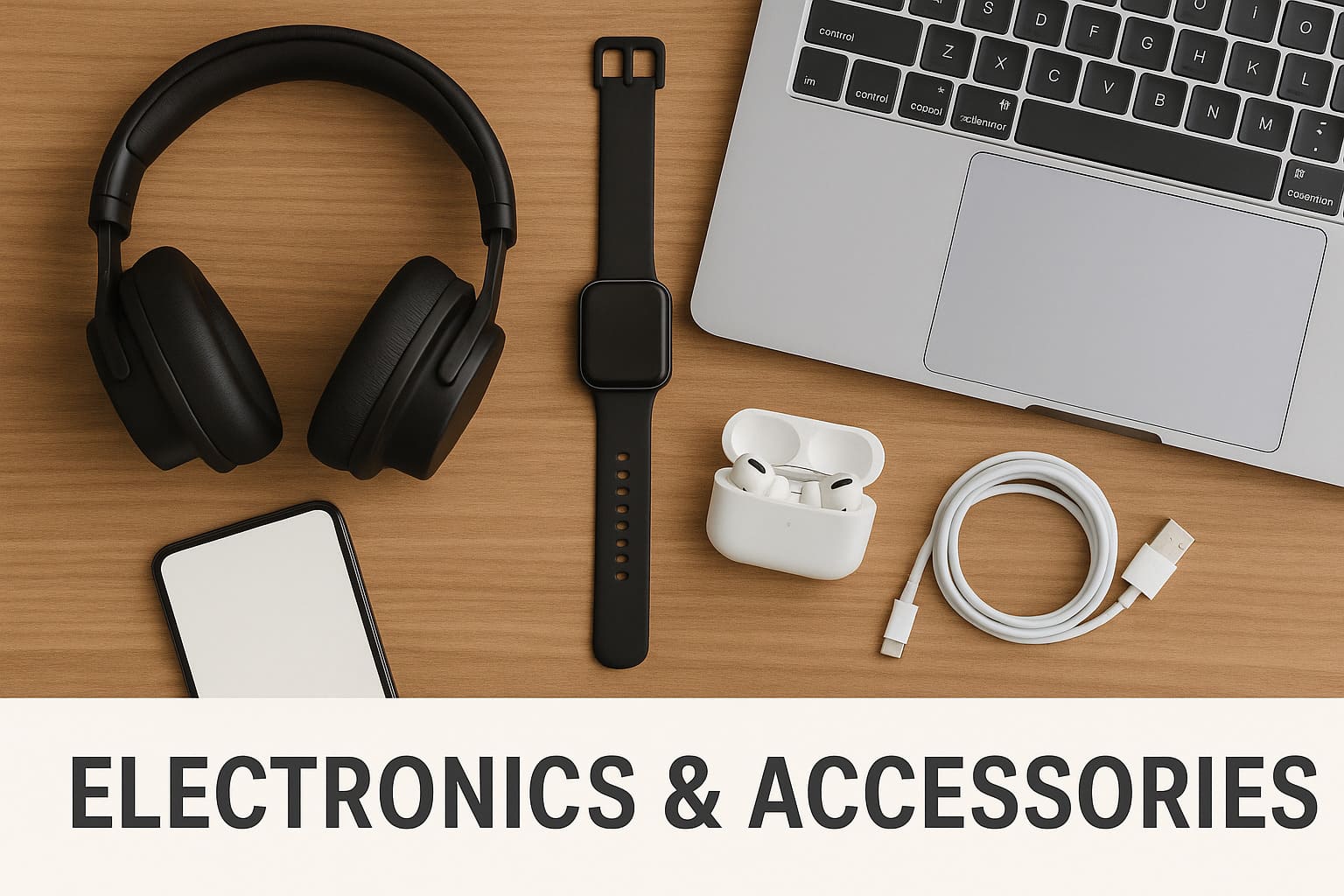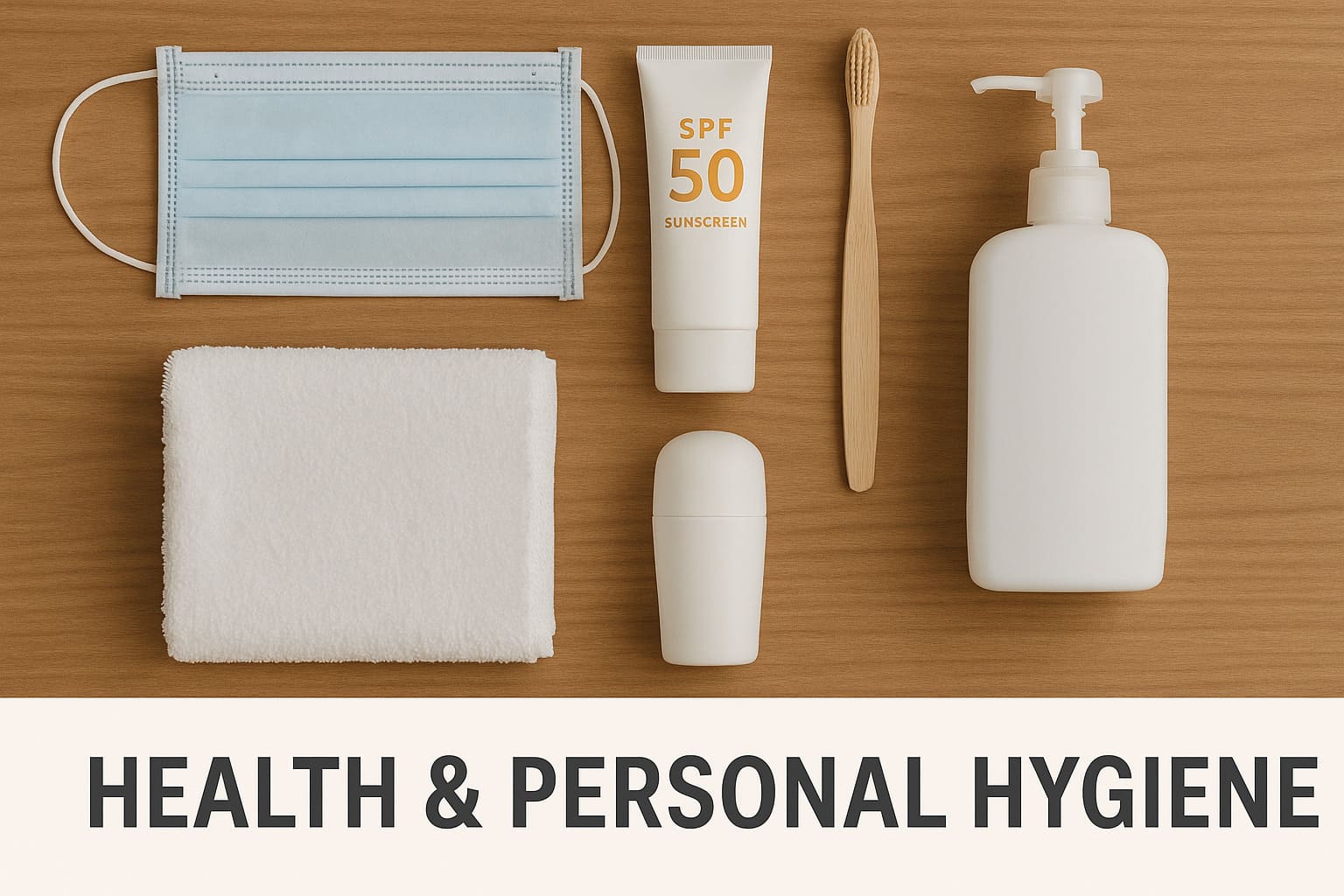Vietnam’s climate stretches from subtropical in the north to tropical in the south, with distinct seasonal and regional variations. Packing the right clothing ensures comfort, safety, and cultural appropriateness — whether you’re strolling ancient towns, trekking in the mountains, or relaxing by the beach.
🧭 Clothing by Region & Season
🧥 Northern Vietnam (Hanoi, Ninh Binh, Sapa, Ha Giang…)
Weather:
- November to March: Cold, often foggy — especially in mountainous areas like Sapa, Mau Son, and Dong Van. Temperatures in the highlands can drop below 50°F (~10°C).
- April to October: Hot and humid, with occasional sudden rain.
Suggested outfits for cool weather (Nov–Mar):
- Insulated or windproof jacket
- Light sweaters, thermal base layers
- Thick long pants (jeans, fleece)
- Warm socks and closed-toe shoes
- Beanie, scarf, gloves
Suggested outfits for warm weather (Apr–Oct):
- Lightweight, breathable T-shirts
- Shorts or thin long pants
- Baseball cap, sunglasses
- Compact rain jacket or poncho
📌 Note: Even during summer, nights in the mountains can get chilly. Always pack a light jacket.
👒 Central Vietnam (Hue, Da Nang, Hoi An…)
Weather:
- April to August: Hot, dry, sometimes with strong inland winds (Laos winds)
- October to December: Heavy rain, potential flooding, occasional typhoons
Suggested outfits:
- Breathable T-shirts or cotton/linen shirts
- Shorts or airy dresses
- Wide-brim hat, sunglasses, and high-SPF sunscreen
- Foldable rain jacket or poncho
- Quick-dry sandals or breathable shoes
📌 Note: Avoid white or absorbent fabrics during the rainy season as muddy streets can stain easily.
☀️ Southern Vietnam (Ho Chi Minh City, Can Tho, Phu Quoc…)
Weather:
- Hot year-round (average temperatures 82–95°F / 28–35°C)
- Rainy season from May to November, with brief afternoon showers
Suggested outfits:
- Lightweight T-shirts or short-sleeved shirts
- Shorts, breathable dresses, or jumpsuits
- Flip-flops or fast-drying sandals
- UV-protective long sleeves or light jacket
- Bucket hat or cap
- Cooling towel or facial mist spray
📌 Note: Air-conditioning in malls and upscale restaurants can be very strong — bring a light layer.
👟 Clothing by Activity
👟 1. Light sneakers
Ideal for city walking, sightseeing, and market visits.
Choose breathable, cushioned shoes (e.g., Nike, Adidas, Biti’s Hunter).
🥾 2. Trekking shoes
Recommended for mountainous or forested areas like Sapa, Ha Giang, or Phong Nha.
Look for:
- Anti-slip soles with strong grip
- Water-resistant build
- Ankle support
✅ Break them in before your trip to avoid blisters.
🩴 3. Flip-flops or sandals
Great for beaches (Phu Quoc, Da Nang, Nha Trang) and short walks.
Choose:
- Anti-slip soles
- Quick-dry material
- Durable straps
🧘 4. Easy-slip shoes/slippers
Essential when visiting temples, homestays, or traditional homes.
Opt for lightweight, easy-to-remove sandals — can also be used inside hotels.
👗 Special Occasion Clothing
🛕 When visiting temples or festivals
Always bring:
- Long pants that cover the knees
- Long-sleeved shirt or scarf to cover shoulders
❌ Avoid tank tops, short skirts, or see-through clothing
🏖 At the beach or resort
Wearing swimsuits or bikinis is acceptable at beaches and pools.
❗ However, avoid walking into restaurants, residential areas, or sacred sites in swimwear.
🎒 Smart Packing Tips
- Prioritize quick-dry, lightweight, and packable fabrics
- Avoid heavy cotton, especially during the rainy season
- Always pack at least one modest outfit (long pants + long sleeves) for temples or formal occasions
- Bring a separate bag for dirty laundry
- Build a capsule wardrobe with mix-and-match pieces
- Rotate between 2–3 pairs of shoes/sandals to avoid foot odor or blisters
- Avoid bringing brand-new shoes you haven’t worn before
- Consider packing soft insoles or moisture-wicking socks for added comfort


